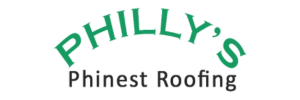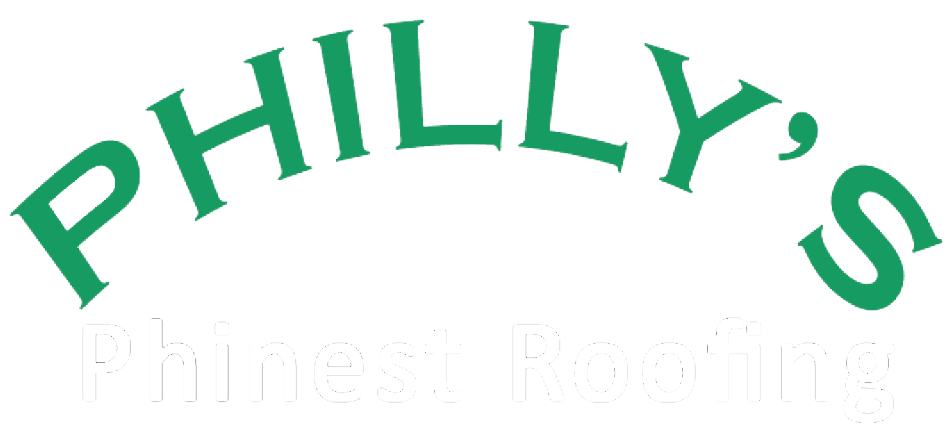Selecting stable exterior siding for your home is just as important for preserving the stability of your home’s interior foundations.
It is your home’s first line of defense against the elements. All forms of siding serve to fulfill the same purpose of being a protective and cosmetic layer for your home. However, the siding market has a plethora of options, such as plaster, ceramics, cement, brick, stucco, vinyl, aluminum, composites, and many more.
That being said, how do you narrow down which form of exterior siding meets your needs?
This post will compare and contrast some of the most popular forms of siding available, as well as how some may meet certain needs better than others. Read on to learn more.
Stucco
This composite of Portland cement plaster, sand, lime, water, and other materials has become one of the leading siding options.
It resists the extremes in any climate, requires little-to-no routine maintenance beyond installation, and it is dense enough to reduce air penetration. It’s not the cheapest siding option, but depending on your own personal needs and preferences, it may be a better investment in the long term.
Stucco is generally sold in two types: traditional and synthetic stucco. Both forms look the same cosmetically, but rather than a plaster composite, synthetic stucco is comprised of a polymer-based coating wrapped around a board of insulation. Both options are certainly among the most versatile, robust, and resilient siding options if you can afford them.
Synthetic stucco polymers offer the most density and resistance to air and moisture penetration. In addition to moisture resistance through precipitation-based weather extremes like rain, snow, and flooding, stucco is also a noncombustible material, meaning that it can potentially endure fires.
Fiber Cement
Fiber cement offers many of the benefits of stucco at a slightly cheaper, more affordable rate, and then some. Yes, it is also noncombustible, moisture-resistant, and extremely durable in standing up to the elements, but in some respects, it outperforms stucco at meeting those needs. Stucco, while definitely more resistant than many traditional siding options available, is still vulnerable to gradual cracks and wear from moisture; yes, it’s density can be advantageous in certain areas, but in areas with more moist climates, it can be too dense and subsequently stressed by the pressure.
Fiber cement, on the other hand, is slightly more malleable and allows your siding some breathing room to not rot or soften. It requires even less maintenance than stucco, and it is also far simpler to install, meaning that you can often find far more qualified installation contractors to choose from than you would with stucco. For a more thorough calculator to narrow down the price estimates of fiber cement siding in your home, click here.
Brick
Bricks are the ol’ reliable siding material for your home. They will not fade, wither to the elements, become termite food, or easily succumb to decay.
Bricks are strong, but they also excel at noise reduction. Stucco and fiber cement can last 50 years when maintained properly, but brick can offer their benefits and last even longer.
However, bricks are generally more expensive than the two former siding options, with average installation estimates ranging from $8,000-$22,000 when all is said and done.
Vinyl
Vinyl siding is among the most affordable siding options that can be employed, low maintenance, lightweight and simple to install, but it also shares the impressive longevity of brick siding. Amongst all siding options, it has the most color choices, as well as the most UV protection.
If you are in need of reliable, affordable siding installation and live in the Tri-State area, we highly recommend that to fill out a request at our contact page or give us a call at 267-343-8469.

